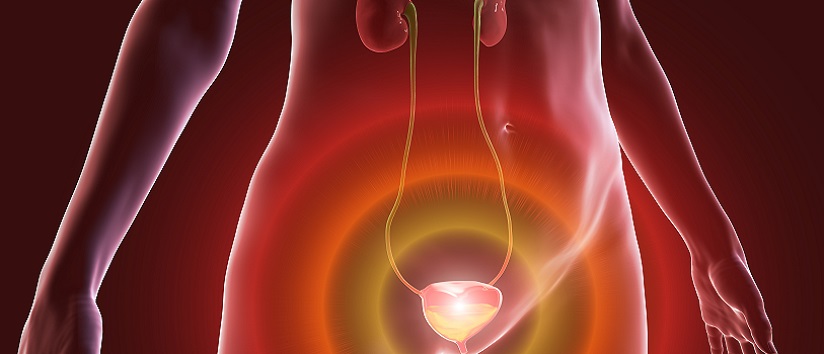Pavilion Publishing and Media Ltd
Blue Sky Offices Shoreham, 25 Cecil Pashley Way, Shoreham-by-Sea, West Sussex, BN43 5FF, UNITED KINGDOM
Stress urinary incontinence: management in primary care
Stress urinary incontinence is a common condition, where prevalence increases with age. This article provides an overview of risk factors, diagnosis and management in a primary care setting.
---------------------------
This content is restricted to members of Pavilion Health Today. If you are an existing user, please log in. New users may register for free below.



